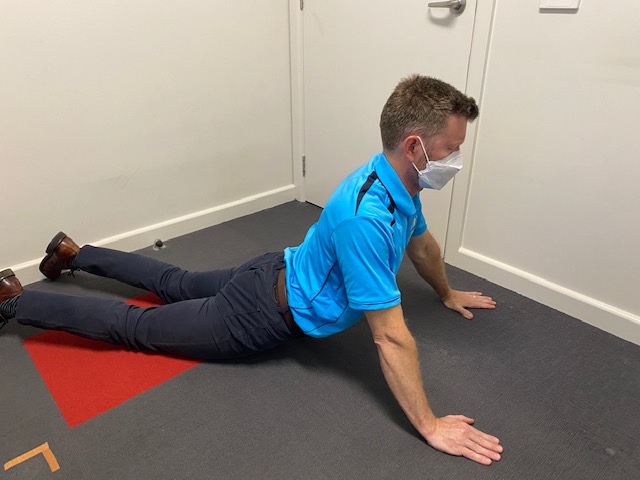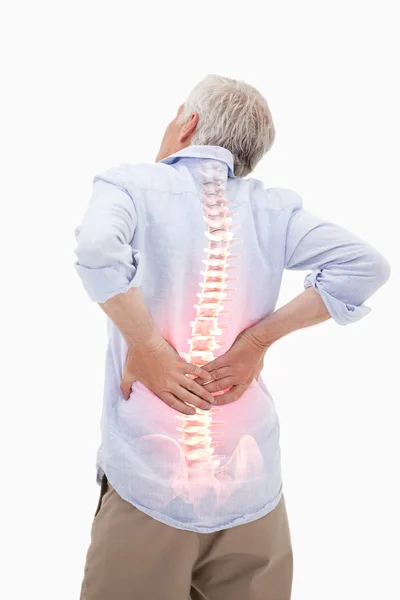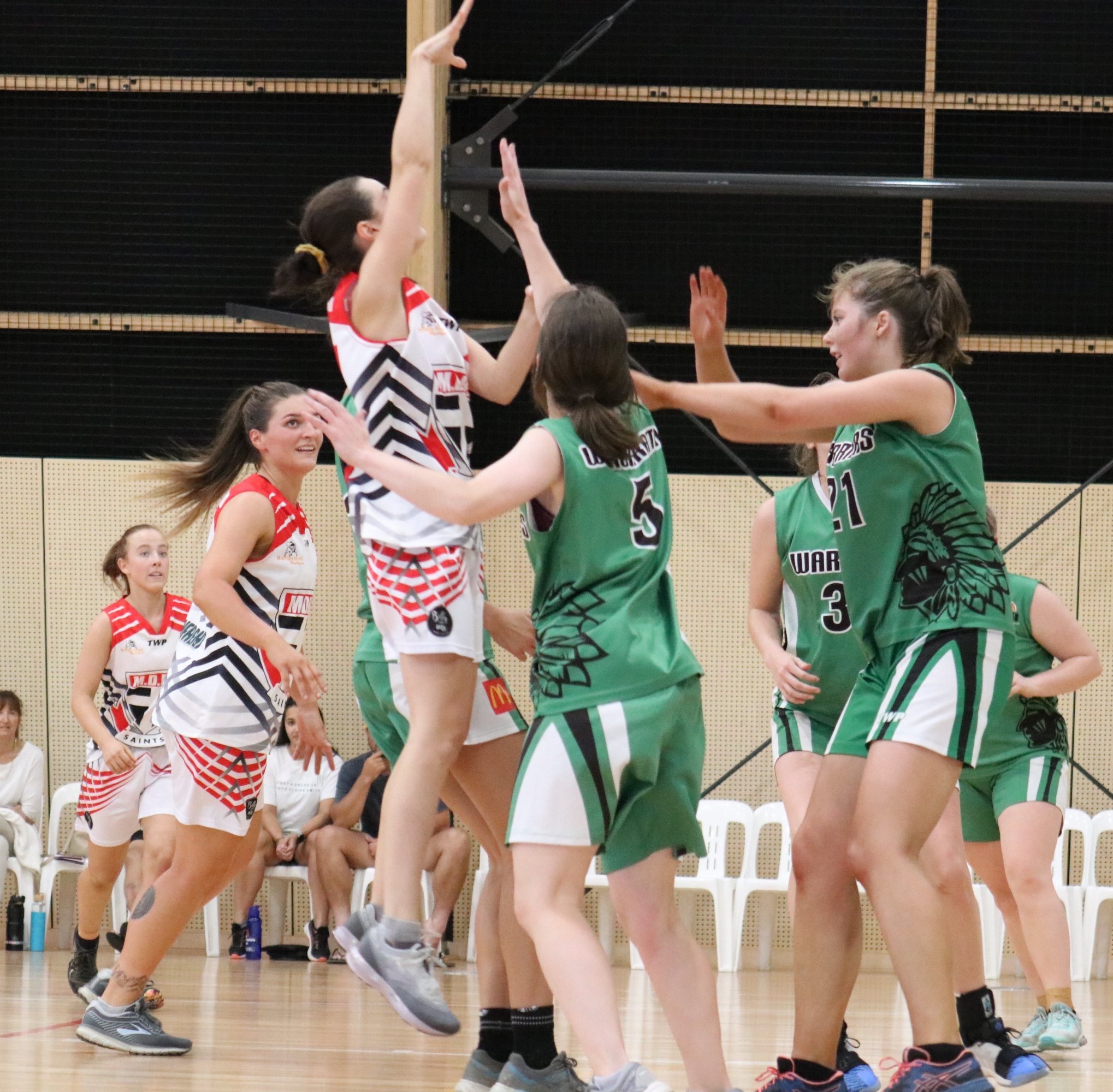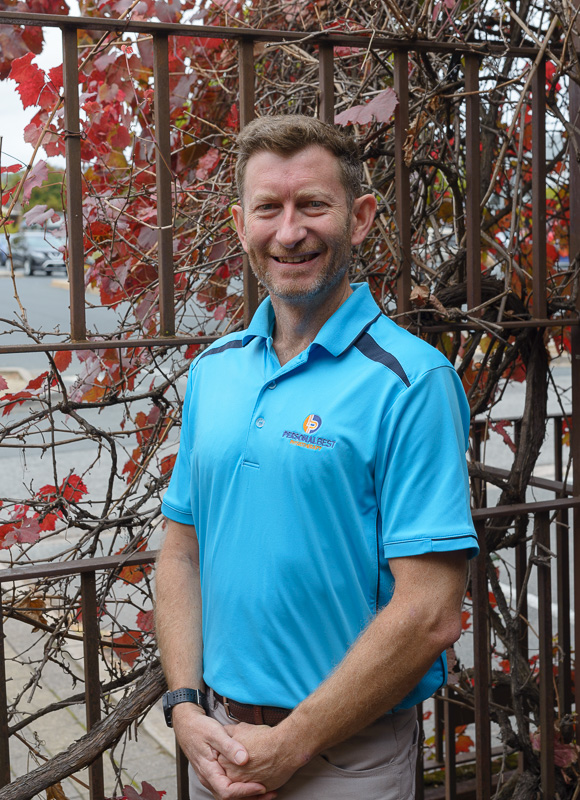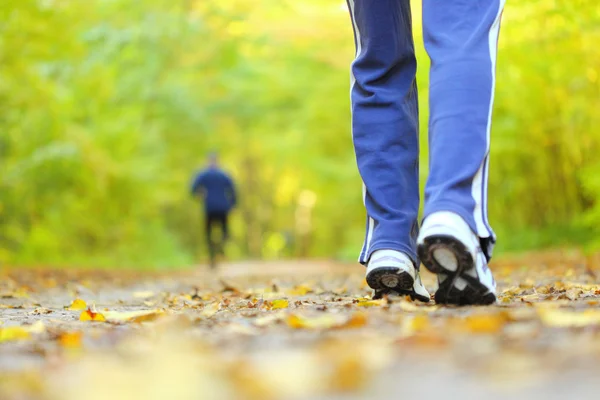My recovery after a recent low back strain
Last month I strained my lower back whilst performing deadlifts, one of the key exercises in my current strength program. As an experienced physiotherapist of 20 years, I treat patients with low back pain every day and it is one of my interest areas. Being on the other side of the fence, then, highlighted some key aspects of recovery which are worth reminding you about.
Here are four key principles that I believe are corner-stones of recovery from a low back strain or recent acute injury.
1. Find out if you have directional preference.
A good majority of patients with low back problems will demonstrate directional preference. This means if they move their back in ONE direction only they feel better for doing so. This doesn’t mean the exercise itself is pain-free, as it often involves working with your soreness in a controlled, careful way. It is about how you feel afterwards.
Identifying directional preference takes skill and practice and not all physio’s understand how to use this powerful tool. Once you identify directional preference, you must do this movement for 10-15 repeats, minimum three times a day. Anything less is selling your recovery short. You can often progress this strategy over several days or weeks to reduce your symptoms and get you moving normally again.
Extension in lying (pictured) is a common directional preference for many patients with low back pain, but not everyone. Sometimes you will need a variation of this, sometimes an alternative direction altogether.
2. Detect inflammation early.
*DISCLAIMER* Not all anti-inflammatories are safe to take for all patients. If you read this section and think you should be taking anti-inflammatories, you MUST talk to your pharmacist, physio or GP before doing so.
Inflammation is a chemical process that happens in your muscles, joints or other tissues when you hurt yourself. Not treating inflammation early is a common mistake many patients make that slows down or stalls their recovery. If you have inflammation as part of your back injury, you need to treat it by taking an anti-inflammatory. How do you know if you have inflammation? Here’s a checklist:
- Pain at rest that is NOT alleviated by a change in position, even temporarily.
- Pain at night that stops you falling asleep, or if you wake, stops you returning to sleep.
- Morning pain and stiffness that lasts more than an hour.
- Heat, redness and swelling in the injured area.
3. Get treated regularly in the beginning
As mentioned in point 1, directional preference exercises need to be repeated regularly to get maximum benefit from them. Completing this type of exercise once or even twice a day just doesn’t cut it. Likewise, if massage helps ease muscle tension and soreness or you have found dry needling helpful, don’t do it just once!
When you are sore and cannot move freely, you need to identify what works and repeat it regularly until you can start to move freely without pain. This often means physio appointments twice a week for 2-3 weeks. You need to complete phase 1 of recovery, which involves restoring normal movement, before moving on to other aspects like strength.
4. Grade yourself back to normal activities.
In my case, I hurt my back lifting in a forward-lean position with a heavy load. Four days later I decided I would try a long bike ride (80km) as I was feeling improved. I foolishly thought I could put my back in a similar position to the one that I hurt it in, for 3 hours, whilst pushing reasonably hard with my legs.
This didn’t go that well and by the time I hit the 2 hour mark I had to pull out from the group, do my stretches on the side of the road and then slowly make my way home (made worse by a strong headwind!).
What’s the lesson here? If you hurt your back gardening, don’t expect to return to full-on landscaping work one week later. If you hurt your back playing sport, you will need a minimum of two weeks of reduced intensity of that sport (assuming you can return to play at a lower intensity). If you hurt your back after an 8 hour drive, don’t schedule another one this month. You must grade yourself back to your normal activities over a period of time, usually several weeks.
Hope this helps
Nathan.
